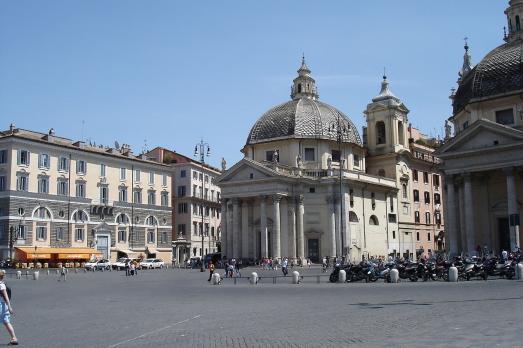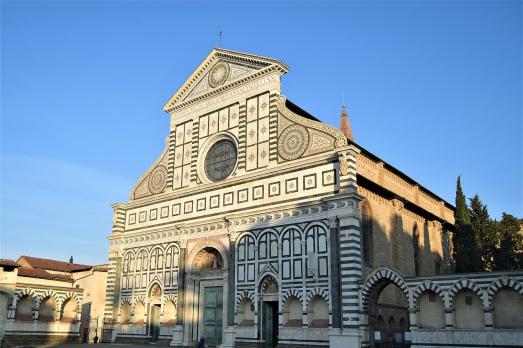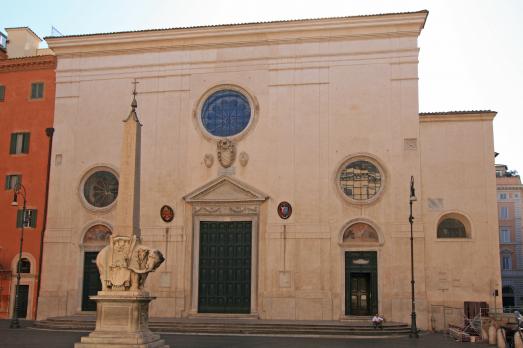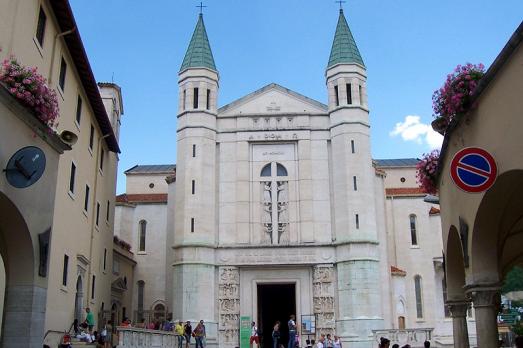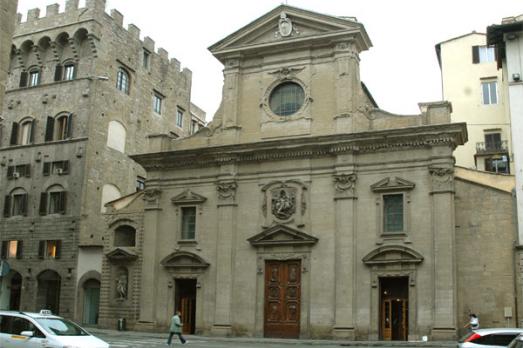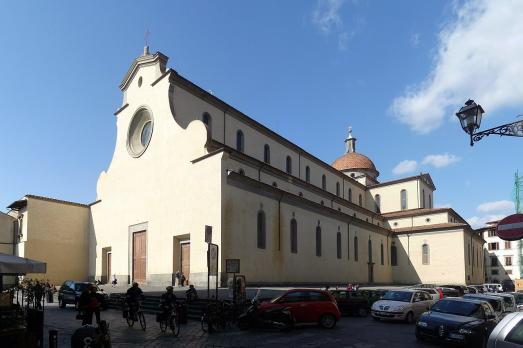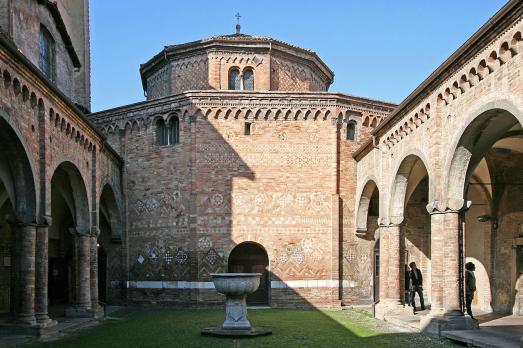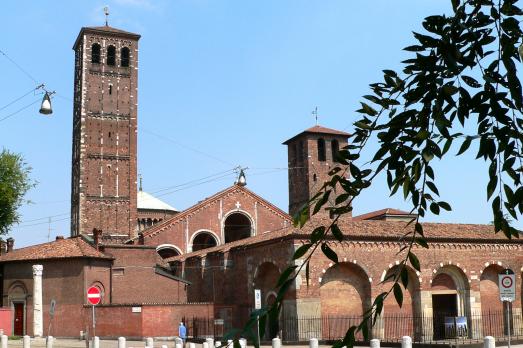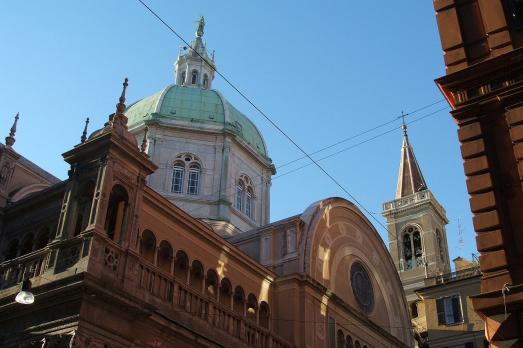
Basilica di Santa Maria Immacolata
Genova, IT
The Basilica of Santa Maria Immacolata was built between 1856 and 1873 in the neo-renaissance style. The building suffered considerable damage from aerial bombardments during the Second World War, in November 1942 and August 1943. The building's value lies in its façade, which is decorated with precious marble, sculptures and mosaics. The interior is in the form of a Greek cross with three large naves and eight chapels.
